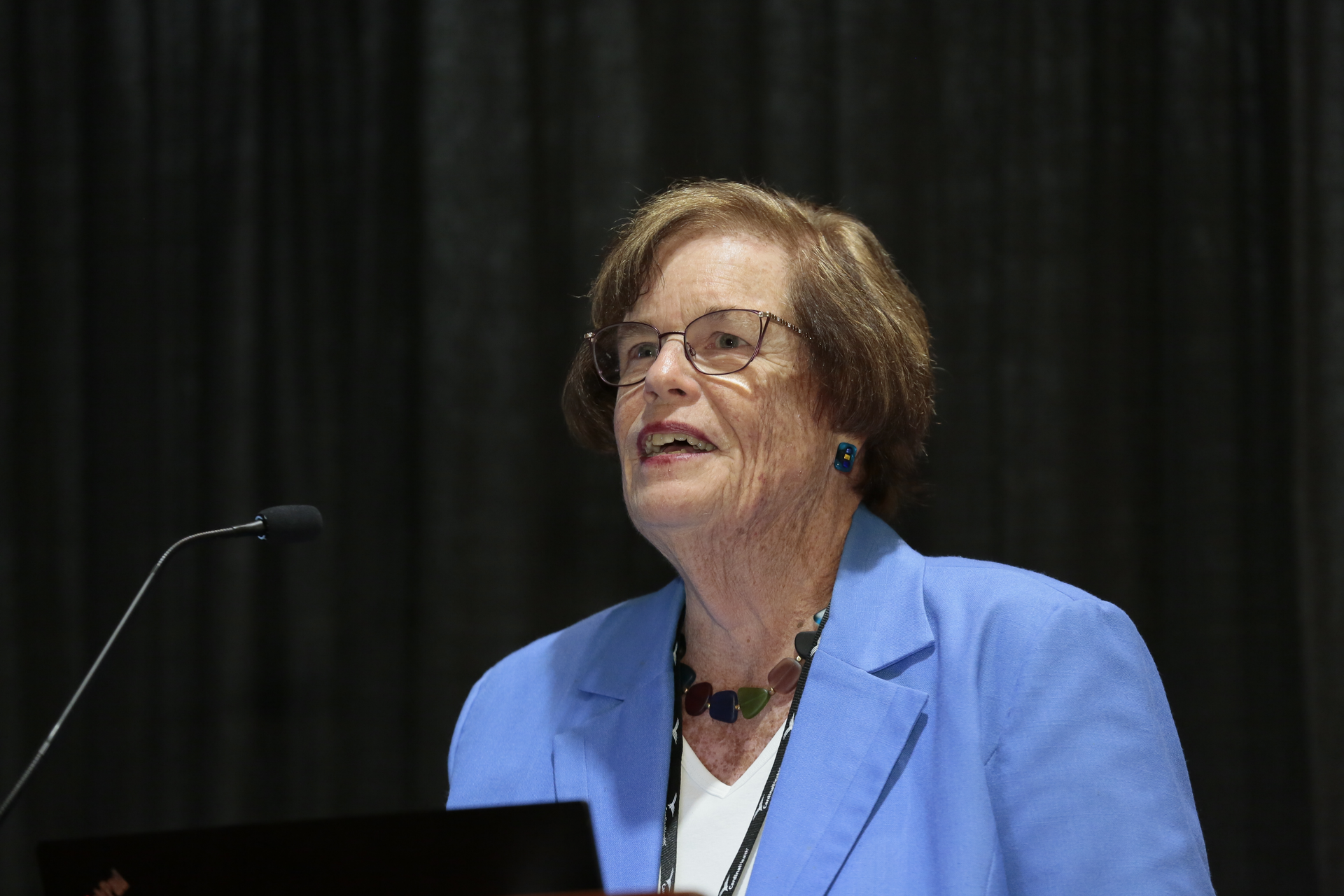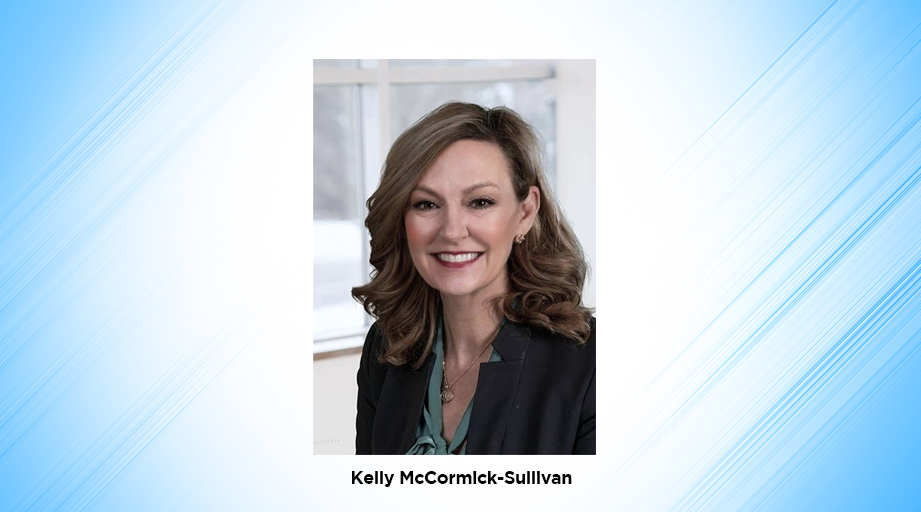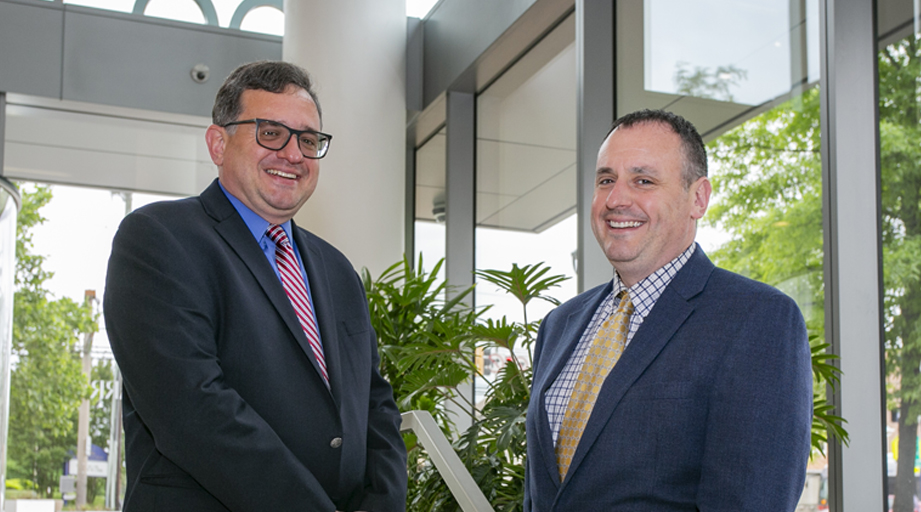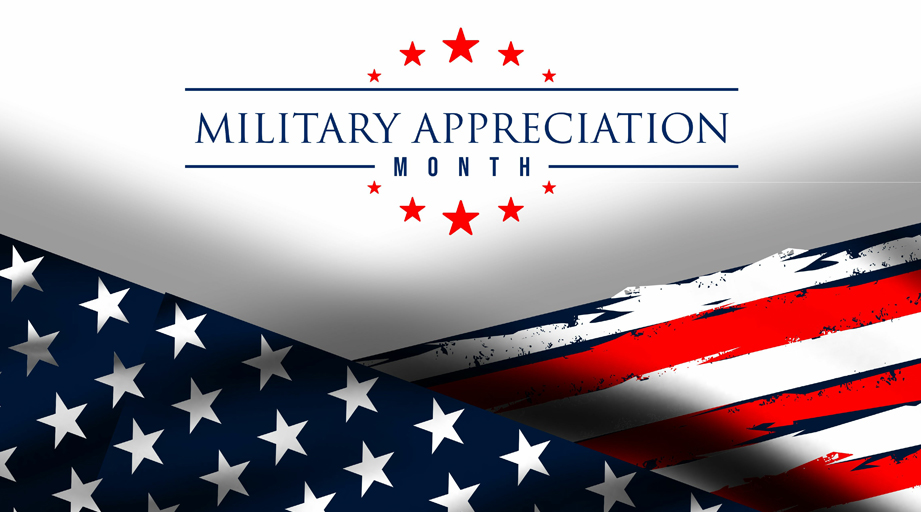
Surface sampling has been added to the testing requirements under the latest revisions.
Though they are not official yet, the revisions to USP Chapter <797> were made available to the public earlier this year. Once the chapter becomes official, both it and USP Chapter <800> will be federally enforceable.
It was with that in mind at Monday’s session, Oh, No: There’s Something Growing in my IV Room, that Patricia Keinle, director of accreditation and medication safety at Cardinal Health, gave a rundown of the certification and environmental monitoring requirements in USP <797>.
Keinle said USP <797> requires environmental monitoring to confirm appropriate control and detect excursions, with the most rigorous requirements falling on cleanroom suites. In addition to cleanroom suites, there are three other preparations areas regulated by the chapter: immediate use, segregated compounding areas, and other special areas such as allergen extract compounding and segregated radiopharmaceuticals areas.
Keinle cautioned that when reading the regulations, it’s important to note there may be additional state, federal and even municipal regulations to consider. She cited the language on venting for segregated compounding areas in <800> as a specific example.
“I want to draw your attention to this,” she said. “All <800> says is [the room has to be] vented to the outside. But I can assure you that there are state requirements, and federal requirements, and in some cases even municipal requirements that have more requirements for that venting. And generally it’s to the roof, and a certain distance away from any air intake, and it’s a certain height above any stack that’s on the roof. So just because <800> says ‘externally vented,’ know that you have other requirements that are there from other regulators.”
Keinle also urged everyone to carefully note the difference between the words “should” and “shall” in both chapters.
“When you see ‘should,’ it means it’s a recommendation,” she said. “If you see ‘shall’ or ‘must,’ it’s a requirement.”
Abby Roth, owner and microbiologist with Pure Microbiology, walked through the process of doing an environmental monitoring report, which will be critical for maintaining compliance with the regulations.
“For those of you that are looking to take surface sampling in house, you have to make sure that from a documentation standpoint, you’re capturing all of the information that you would normally get from the certifier and from the lab and have all of that someplace to tell a particular story,” she said.
Roth cited the CETA Application Guide CAG-009, Viable Environmental Monitoring for Sterile Compounding Facilities, which she said was written to provide industry guidance to supplement USP <797>.
The guide outlines documentation expectations that should be included in an environmental monitoring report, such as the facility name, a sample location map, the type of media used, the date of sampling, and the purpose of the sampling.
“The big one that I like to point out, which I find is not documented very often, is the purpose of sampling,” Roth said. “Why did you do it? Was this post-construction clean? Was this routine monthly monitoring? Was this part of an excursion investigation? It’s helpful to have that information when you go back and look at past reporting.”
Roth also emphasized the need for training in surface sampling, which has been added to testing requirements under the latest revisions to <797>.
“I don’t think there is any way possible that all your certifiers are going to be able to come out to your location every month to collect surface samples,” she said. “And in addition, even if they can, you are required to do surface sampling after your media fill. So this is a skill that you’re going to need to have.”
Part of that training will mean learning the proper techniques for surface sampling, something Roth said shouldn’t be that difficult.
“Surface sampling in some ways is really, really simple stuff,” she said. “This is not rocket science here, but there is technique that goes along with it and a lot of it comes down to what you already do every day, which is aseptic technique. This is really kind of a new area for us to be moving into, and for you to be doing as a routine part of your monitoring, so there’s going to be an expectation that there’s training and competency in place.”








